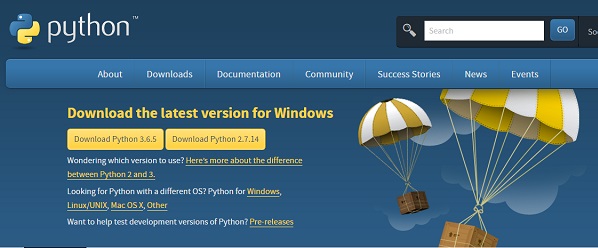Introduction to Python Design Patterns
Python Design Patterns: Introduction
Design patterns are used to represent patterns that developers use to create software or web applications. These patterns are selected based on requirements analysis. They describe solutions to problems, when and where to apply the solution, and the consequences of implementation.
Design Pattern Structure
Design pattern documentation focuses on the techniques used and how they are used. The following diagram illustrates the basic structure of a design pattern document.

Pattern Name
It describes the pattern in a concise and effective manner.
Intent/Motivation
This describes the purpose of the pattern.
Applicability
This describes a list of situations in which the pattern is applicable.
Actors and Consequences
The actors include the classes and objects that participate in the design pattern, as well as a list of consequences of the pattern.
Why Python
Python is an open-source scripting language. It has libraries that support various design patterns. Python’s syntax is easy to understand and uses English keywords.
Python provides support for the following list of design patterns. These design patterns will be used throughout this tutorial.
- Model-View-Controller Pattern
- Singleton Pattern
- Factory Pattern
- Creator Pattern
- Prototype Pattern
- Facade Pattern
- Command Pattern
- Adapter Pattern
- Prototype Pattern
- Decorator Pattern
- Proxy Pattern
- Chain of Responsibility Pattern
- Observer Pattern
- State Pattern
- Strategy Pattern
- Template Pattern
- Lightweight Pattern
- Abstract Factory Pattern
- Object-Oriented Pattern
Benefits of Using Design Patterns
Following are the different benefits of design patterns.
-
Patterns provide developers with tried-and-tested solutions to specific problems.
-
All design patterns are language-neutral.
-
Patterns facilitate communication and maintain good documentation.
-
It includes a completion record to reduce any technical risks in the project.
-
Design patterns are very flexible to use and easy to understand.